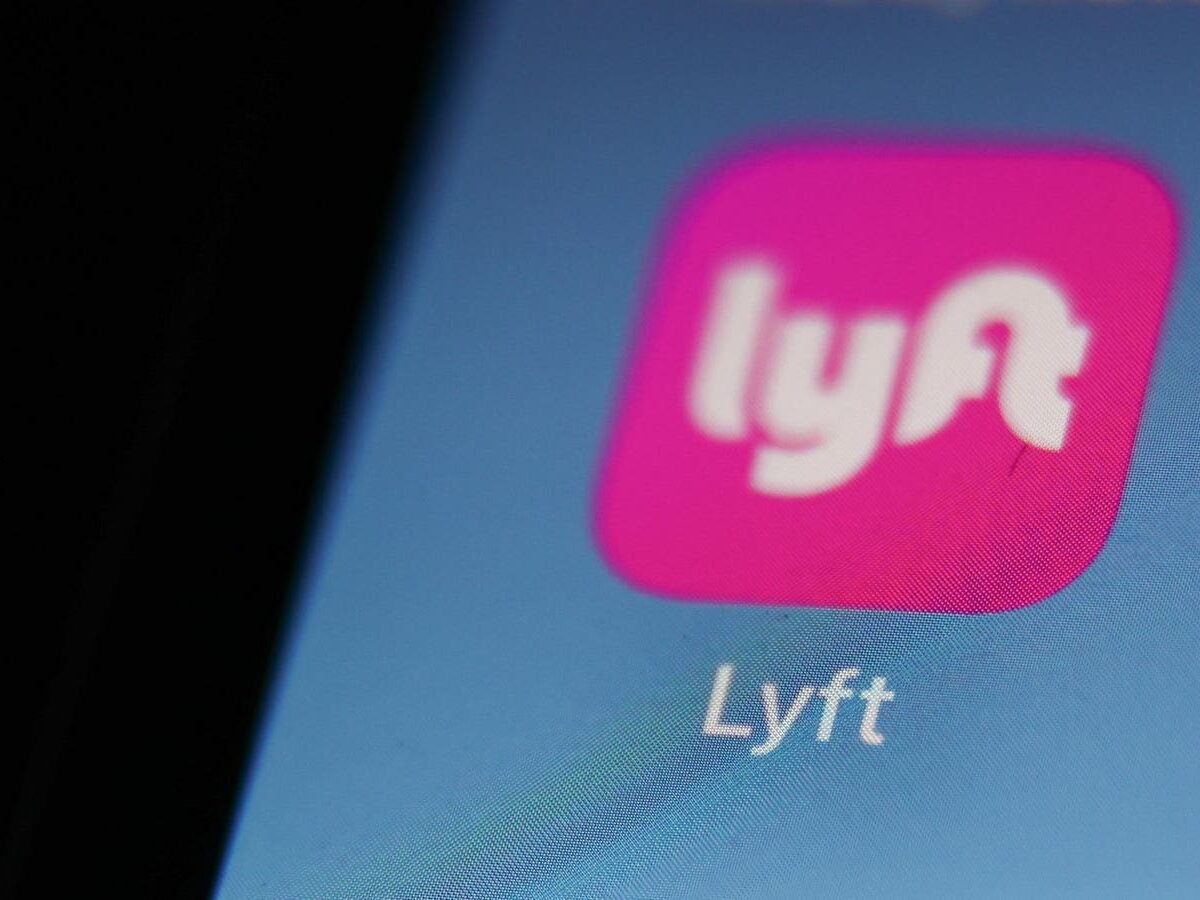Lyft is introducing Lyft Silver, a new service for seniors.
Rideshare company Lyft announced a new service aimed at older adults called Lyft Silver. The company says it’s about giving seniors “the gift of independence, without the weight of worry.” The service features larger text, simpler menus and prioritizes matching riders with vehicles that are easier to enter and exit. It even offers live human support when needed.
According to Lyft’s announcement, they’ve “poured their hearts” into this design, thinking about “those we cherish most.” They’ve worked with experts on aging to create what they call a “groundbreaking feature.”
It all sounds thoughtful and well-intentioned. But when I look at the list of features, I can’t help but wonder: Why are these improvements only available to seniors? Wouldn’t many of them be just as useful for riders of any age?
When Good Design Gets Age-Restricted
Let’s examine what Lyft Silver actually offers. According to Fast Company, the service uses a font that’s 1.4 times larger than the standard app. It has a cleaner, simpler interface. It connects users with rides that are easier to get in and out of. (Apparently, Lyft’s data showed seniors are twice as likely to cancel when matched with pickup trucks.) And it offers access to phone support with real human beings.
Are any of these features that only older adults would benefit from?
Wouldn’t many people of all ages struggle to read tiny app text on a sun-drenched phone screen while standing on a street corner? Who hasn’t been frustrated when an app update buries an essential function three menus deep? Might other users prefer to be matched with vehicles that are easier to enter? And who wouldn’t want to connect with a live human when things go south?
Design legend and usability expert Don Norman puts it perfectly: “Designing for people with disabilities almost always leads to products that work better for everyone.”
The Paradox Of Specialized Design
The irony is that making these features “special” actually reinforces a problematic mindset about design. I don’t think I’ve ever quoted former Microsoft CEO Steve Ballmer about anything. But he was absolutely right when he stated, “Accessible design is good design.”
When companies create separate, specialized interfaces for different user groups, they’re often implicitly acknowledging that their main product isn’t as usable as it could be. Instead of fixing the core experience, they create an alternate path that often gets less attention and fewer updates over time.
There’s also something mildly patronizing about age-segregated design. Only 5.6% of Lyft’s riders are over 65, according to Fast Company. Today, that age bracket makes up 18% of the U.S. population. Lyft’s low senior usage rate likely revealed a usability problem, not a lack of need or interest among older adults.
The Business Case For Universal Design
From a business perspective, making your product more usable for everyone isn’t just the right thing to do, it’s smart strategy. When curb cuts were mandated for wheelchair accessibility, they ended up benefiting parents with strollers, travelers with luggage, delivery workers, and countless others.
Lyft’s own data points to the business upside. Older adults are 57% more likely to miss their rides, Fast Company reported. That’s lost revenue, not to mention frustrated drivers and riders. By making the service more accessible, Lyft stands to increase successful rides across all demographics.
Moving Beyond Age-Restricted Design
What would a truly inclusive Lyft app look like? Perhaps it would offer customizable font sizes and contrast options for everyone. It might let any user select vehicle preferences based on ease of entry. And imagine offering a “Get Help” button for all users, not just those over a certain age.
Design that accommodates diverse needs doesn’t have to mean designing for the lowest common denominator or sacrificing aesthetic appeal. In fact, as Don Norman argues , there’s no reason assistive devices can’t be beautiful and elegant. The same applies to digital apps.
Lyft Silver for All?
Lyft deserves credit for identifying gaps in their service for older users. But the real innovation would be recognizing that the improvements they’ve created for Lyft Silver shouldn’t be age-restricted at all.
When good design gets labeled as a specialized option for a particular demographic, we all lose out. Isn’t it time we stopped treating ease of use as a special feature?





